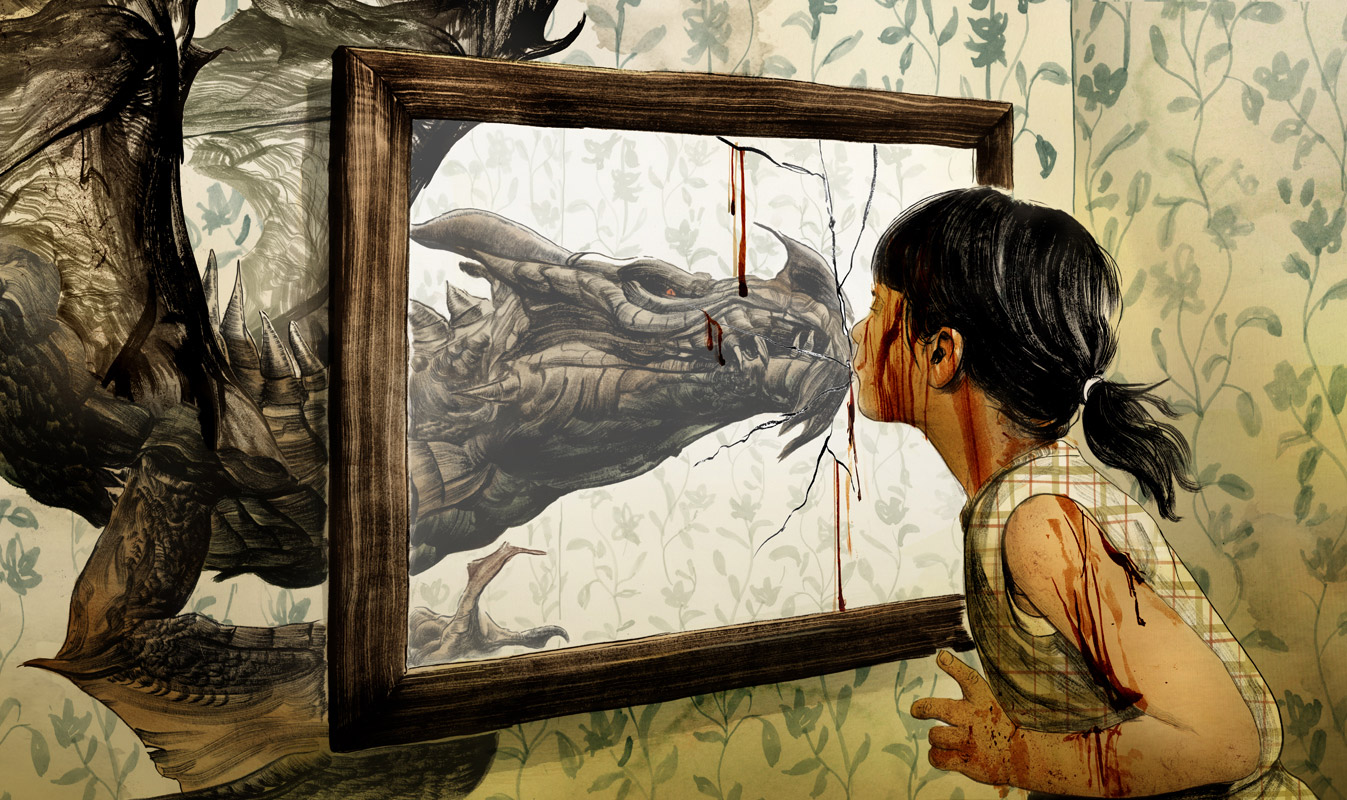 |
| A failed attempt to illustrate a cover for the short story, DRAGONKIN by Lavie Tidhar |
It’s the one thing we always try to avoid, but ironically it’s the only thing we learn from and grow better as a result of doing it. I don’t know if it’s our American culture or something deeper in pour collective psyche, but we do not like to fail. Not ever. We celebrate success and reward it with trophies and money and fame and attention, and failures get bupkis if they’re lucky, and forgotten the rest of the time. We do this in just about every corner of human activity and delight in watch the human failings on lurid display via (the horror show of) “reality tv”, loop pratt-falls by celebrities on the stages we also cheer them on, and cast with great righteousness the villains as the ones who always fail, in our narratives… or should. Failure is second only to death as an all encompassing inescapable force of the universe that stalks and chases us across every moment of our lives. It’s a wonder we don;t go insane from this… perhaps we do. But in my book, they got it all backwards: Failure is Essential. Failure Teaches. Failure makes victory possible, and fuels for assuring its arrival. It makes us stronger with protective scar tissues, expands our awareness and keeps us icy and alert. Failure shows us how to succeed. It is the mother of invention and the thing we as creatives cannot, if we know what’s good for us, ever neglect to honor.
FAILING TO STAY COMFORTABLE
Being perpetually inventive requires existing out of your comfort zone. Period. It’s how you avoid clinging to hard and nostalgically to a specific era, but hearing the beat and gestalt of whichever one you’re in. I’m not saying no comfort ever- we all need a break for chrissakes. as long as it’t brief, especially so if it’s with a style or technique you’ve just adopted and perfected. I have avoided doing sumi ink brush drawings for a good while now- years in fact- because of this. It became too praised too identified as my thing that I do and limited me to only work where that particular thing applied. More importantly, it stopped scaring me, and became well.. comfortable. I love the medium and will be taking it up again for my next book with Ethan, MEADOWLARK. but I needed time away to spend time exploring what I could do with a pencil instead. I’m glad I did indeed and never expected what came from this idle turn of the corner. This applies to when i get a script for a children’s picture book, a poster for a new or favorite movie, a music video, a web page, bus sign, book cover, personal drawing… whatever. It just needs to challenge and wrestle at least in some part with something new and scary. Don;t poo poo fear in moderate amounts. Fear can be your real and true friend, because fear doesn’t like to stay put. Fear likes to run, and running can carry you away to interesting places.
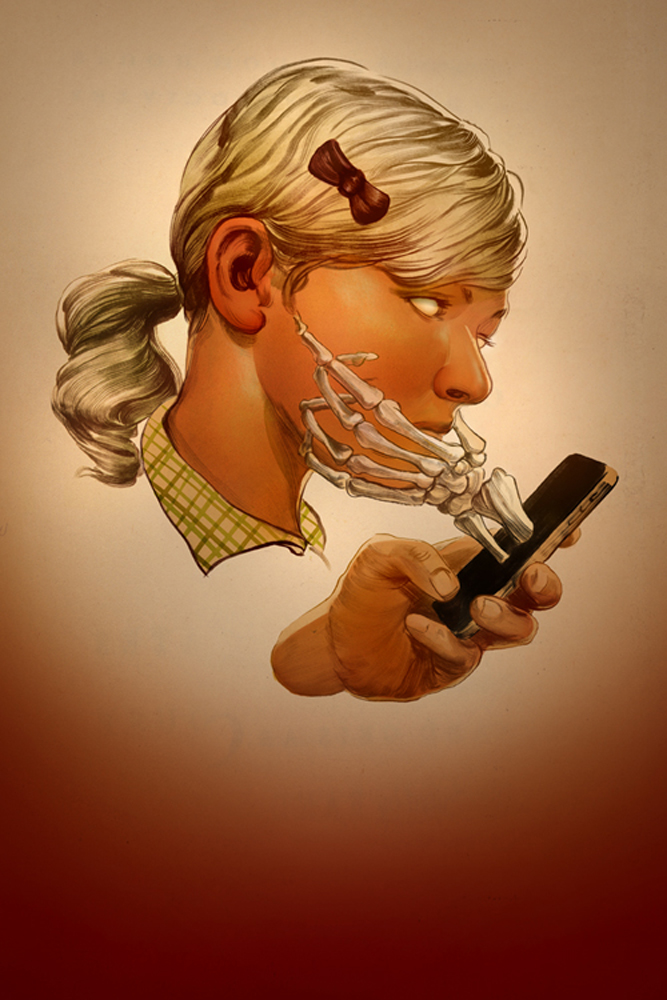 We don’t learn by success, but from failure. I would suggest this is deep within us as a species rather than something closer to our cultural surface. If evolution is as true and ancient as any force on this planet, it should reassure us because evolution is literally the act of advancement at the hands of failures, errors and mistakes. So feel some contextual comfort and hug your fails. You couldn’t avoid it if you wanted to anyway, so for the sake of owning your own fate, pretend it was your idea in the first place and call it a win. But what this knowing of our basic tendency towards failure is gives us can be invaluable to any artist. You know that old chestnut, “It takes 1000 bad drawings to make a good one”? It’s sadly, true. true because it is through the act of going wrong do we find out how to go right. And not just accidentally, but through repetition work, time and change… just the way evolution intended. But for our brains, perhaps because for a goodly while, and far longer than we;ve enjoyed civilized societies, we were at best described as “clever prey”. For tens of thousands of years when it was us vs. a leopard… the leopard won. Us vs. Sharks? Sharks win. Hellfire, we couldn’t even win in slow a battle with tooth decay. Everything seemed to be out to get us, and did quite successfully. It certainly makes sense that the quicker the members of a tribe of early humans realize hand to hand combat with a Terror Bird was a bad course the longer they stayed alive. We are hard wired to learn real quick and be especially attentive when things goes bad… but not so much for success. As artists we learn a thousand times more from doing six bad versions of a painting to get to that final right solution than we ever get from doing it right the first time or even winning some trophy for the effort. We learn what to do, by what not to do. Evolution-powered determinate negation: We are what we are not. Because if we don;t learn from doing it wrong, we repeat it endlessly until we do.
We don’t learn by success, but from failure. I would suggest this is deep within us as a species rather than something closer to our cultural surface. If evolution is as true and ancient as any force on this planet, it should reassure us because evolution is literally the act of advancement at the hands of failures, errors and mistakes. So feel some contextual comfort and hug your fails. You couldn’t avoid it if you wanted to anyway, so for the sake of owning your own fate, pretend it was your idea in the first place and call it a win. But what this knowing of our basic tendency towards failure is gives us can be invaluable to any artist. You know that old chestnut, “It takes 1000 bad drawings to make a good one”? It’s sadly, true. true because it is through the act of going wrong do we find out how to go right. And not just accidentally, but through repetition work, time and change… just the way evolution intended. But for our brains, perhaps because for a goodly while, and far longer than we;ve enjoyed civilized societies, we were at best described as “clever prey”. For tens of thousands of years when it was us vs. a leopard… the leopard won. Us vs. Sharks? Sharks win. Hellfire, we couldn’t even win in slow a battle with tooth decay. Everything seemed to be out to get us, and did quite successfully. It certainly makes sense that the quicker the members of a tribe of early humans realize hand to hand combat with a Terror Bird was a bad course the longer they stayed alive. We are hard wired to learn real quick and be especially attentive when things goes bad… but not so much for success. As artists we learn a thousand times more from doing six bad versions of a painting to get to that final right solution than we ever get from doing it right the first time or even winning some trophy for the effort. We learn what to do, by what not to do. Evolution-powered determinate negation: We are what we are not. Because if we don;t learn from doing it wrong, we repeat it endlessly until we do. DON’T CONFUSE PRAISE WITH SUCCESS
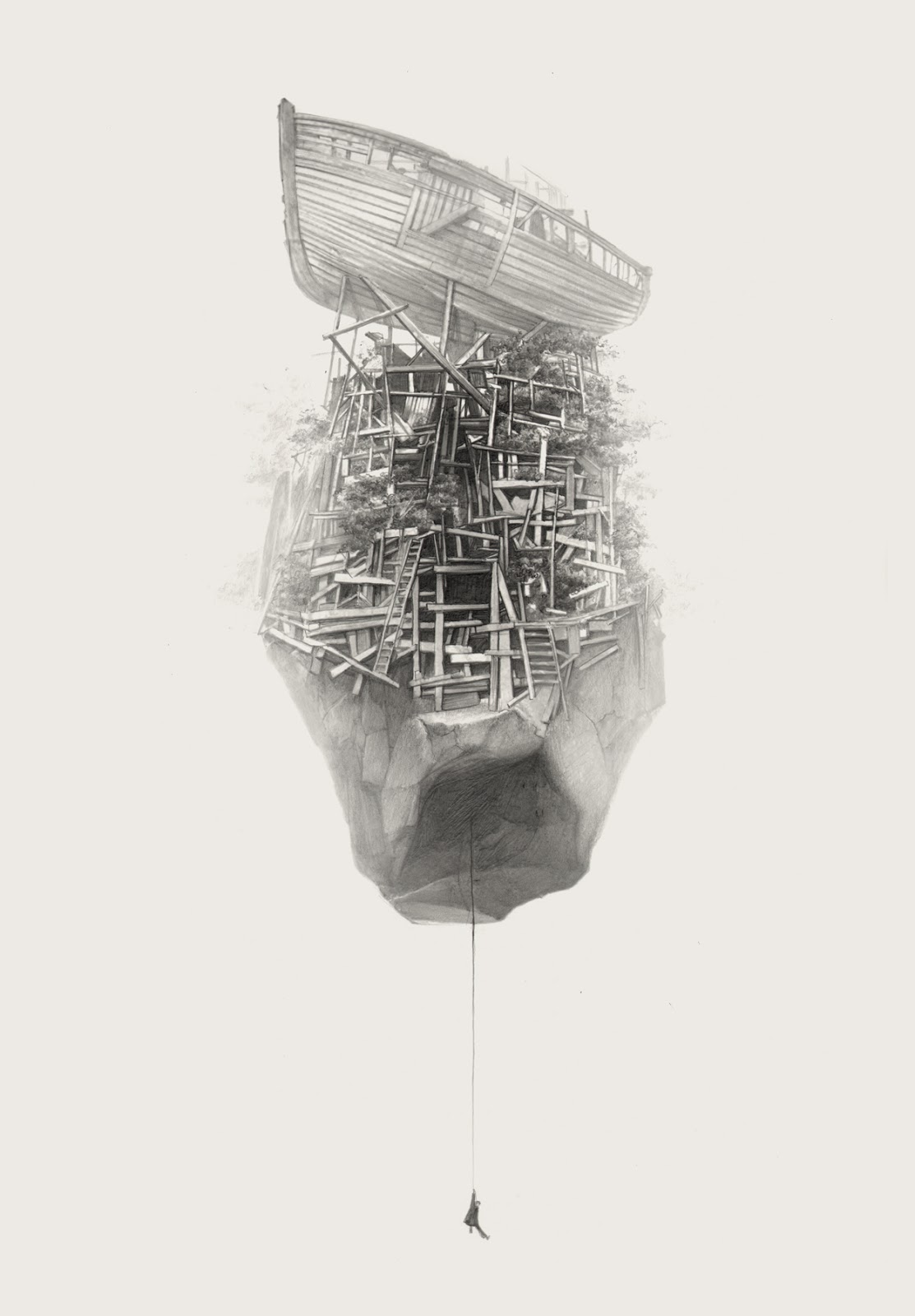
Praise taken to the wrong place can affix your sense of what works, and a long creative career is antithetical to affixing your notions of what you do to anything. A long creative career tends to have two characteristics: Variable and changing and morphing and growing and never still is to my mind the ideal one. This gets harder as you age because with age comes certainty and that breeds affixing yourself to things. It’s why you hear notions like “I’ve run out of ideas” as if they existed like pill sin a bottle. The other one is more repetitive and curatorial than inventive. You tend to be allowed to maintain based on the rolling success of an idea you may have had a long time ago… like if you invented Star Wars, or Harry Potter- chances are you’ll be set for your career but probably also trapped by it. Which could be fine and dandy for some and a gated hell for others. So think of it like this, the first kind is David Bowie, creating new and vibrant work and being relevant each decade you pass through. The other is more like.. The Rolling Stones: some periods of extended invention, and riches galore but you’re still playing Brown Sugar at stadium shows into your 70’s. Praise and success fuel both of these. The burn out one hit wonder child star is the kid who hit big success too early and got stuck and never grew out of it. Just name any child star who grew up wrong for examples.
So in short, praise is good, and it let’s you know what you’re doing works. It can fuel you forward, and many could reasonably argue it’s necessary for forward movement. Hard to argue with that. But it’s dangerous because you can get stuck. I do a run of say, Spider-Man comics and it’s a blow out success and I get critical and professional acclaim for it, it will be hard to do something that is not-Spider Man later… and this will come from both my publishers audience and myself. If I do branch out, I could even hear how much they miss my Spider man, or it won;t do as well and then I’ll be tempted back to chasing the old praise because the new dislike is so uncomfortable and scary. Everything comes with a price, praise included. Too much of it and you break and become a statue, but managed well it could really help when the next thing comes. Which is…
NEGATIVE CRITICISM
And boy howdy, this is the rough side of Praise. I used to think any negative response was bad, and it upset me. I’ve come to learn that there are many levels and types of negative feedback and not all of em are bad for you. Most if taken properly are actually truly healthy. Getting a bad write up from a reviewer you respect sucks, no two ways about it. But your respect shouldn’t be fair weather. If you liked em before they unloaded on your painting, or whatever, then that respect should remain even when they are saying something you’d rather not hear. More so in that case I’d argue. Take it in, see what’s right and what isn’t and use what you can, discard the rest and move on. Easy to say, hellishly hard to do. It’s easy while drunk on praise not to want to contain it or contextualize it- it feels so good why would you? But the flip-side you just naturally want to run from, or discredit for safety. Contextualizing is easier under those pressures, and not an unworthy exercise. Not everyone will love your thing, and understanding why someone isn’t getting it, helps bring that to heel. It forces required empathy and makes you question your work and yourself. These are essential to a successful creative life. I’m not encouraging morose naval gazing… leaning forlorn against the windowsill, a tear soaked hank in a listless hand inches from your fainting couch to far to bother employing for effect.The selfish and purely necessary reason we show our art to others is this check it can give to us. It keeps us frosty when we use it to rethink and rethink again. Outside insight won;t always be positive, and sadly it will be less and less negative as you grow in your career.
ALWAYS FAIL
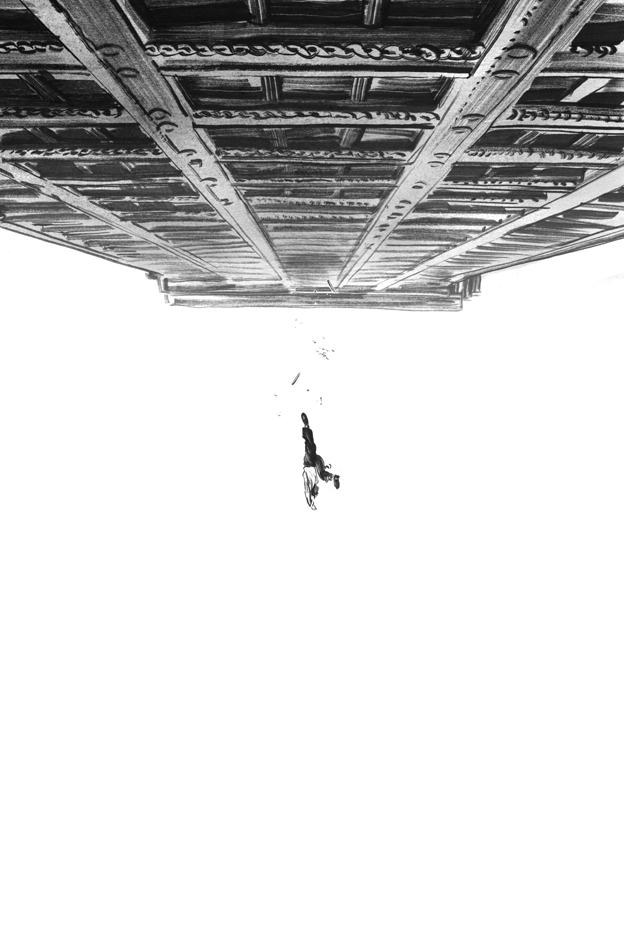


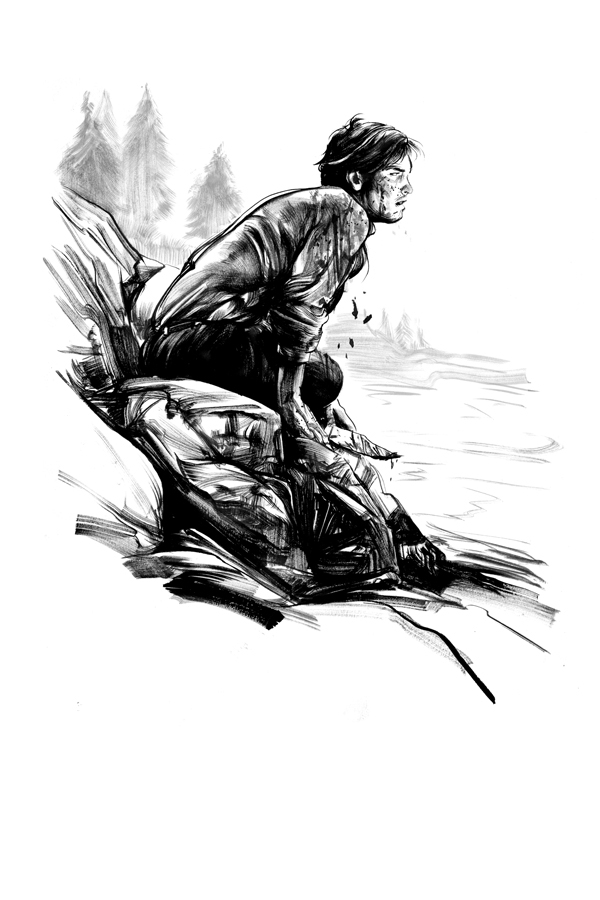


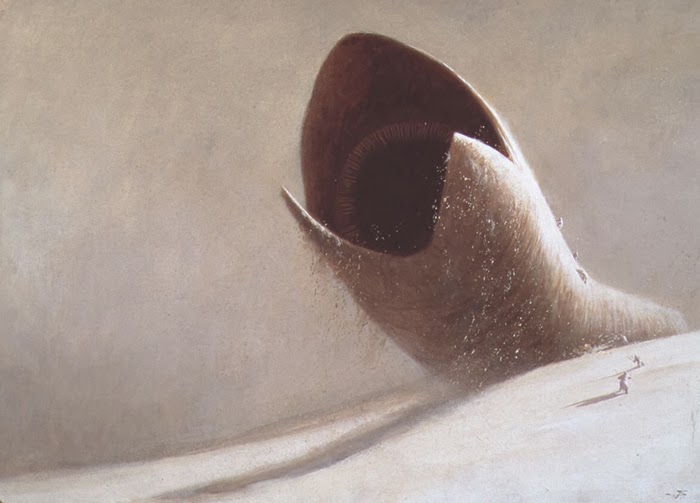
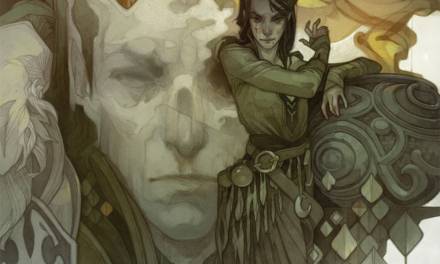
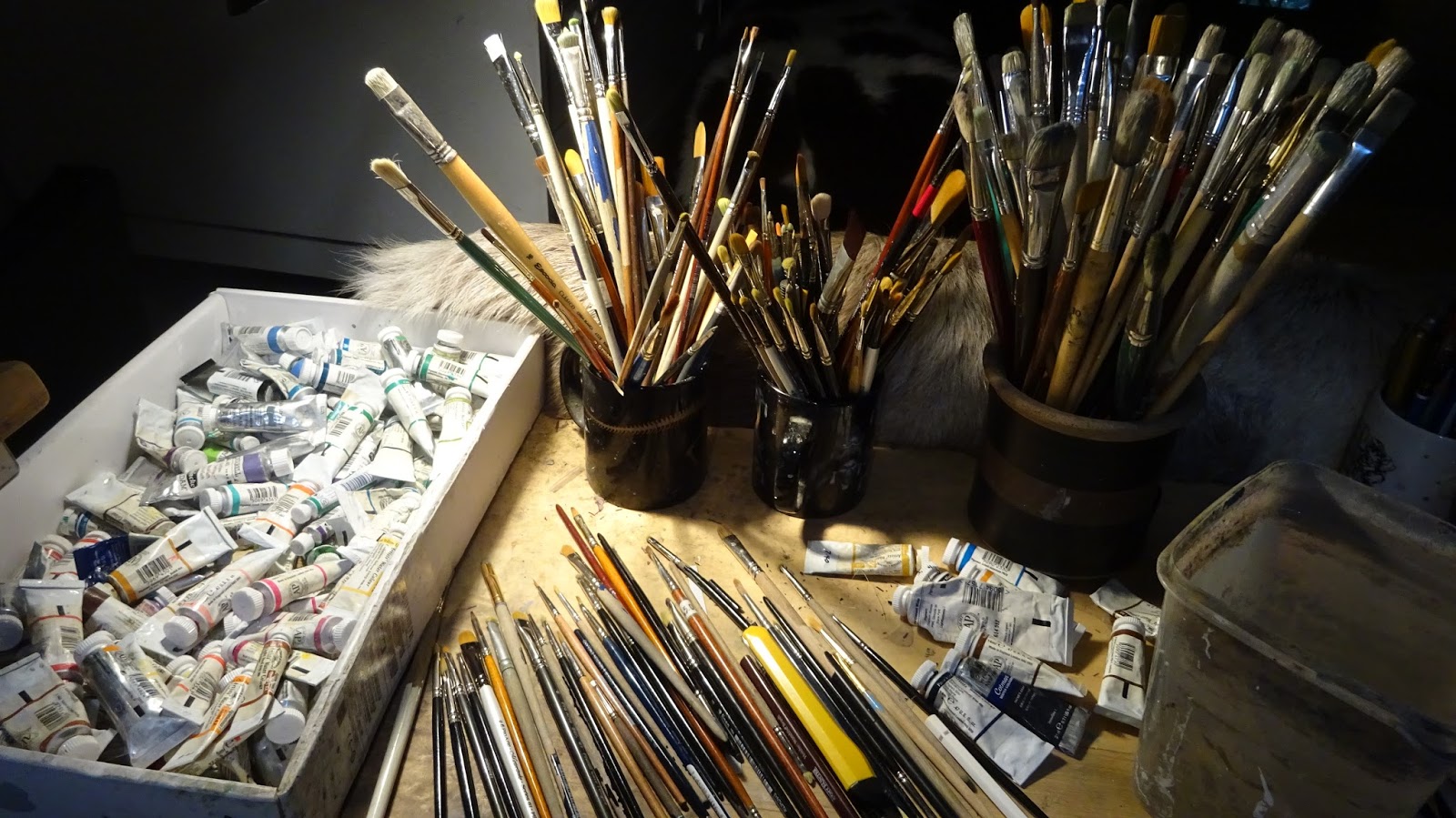
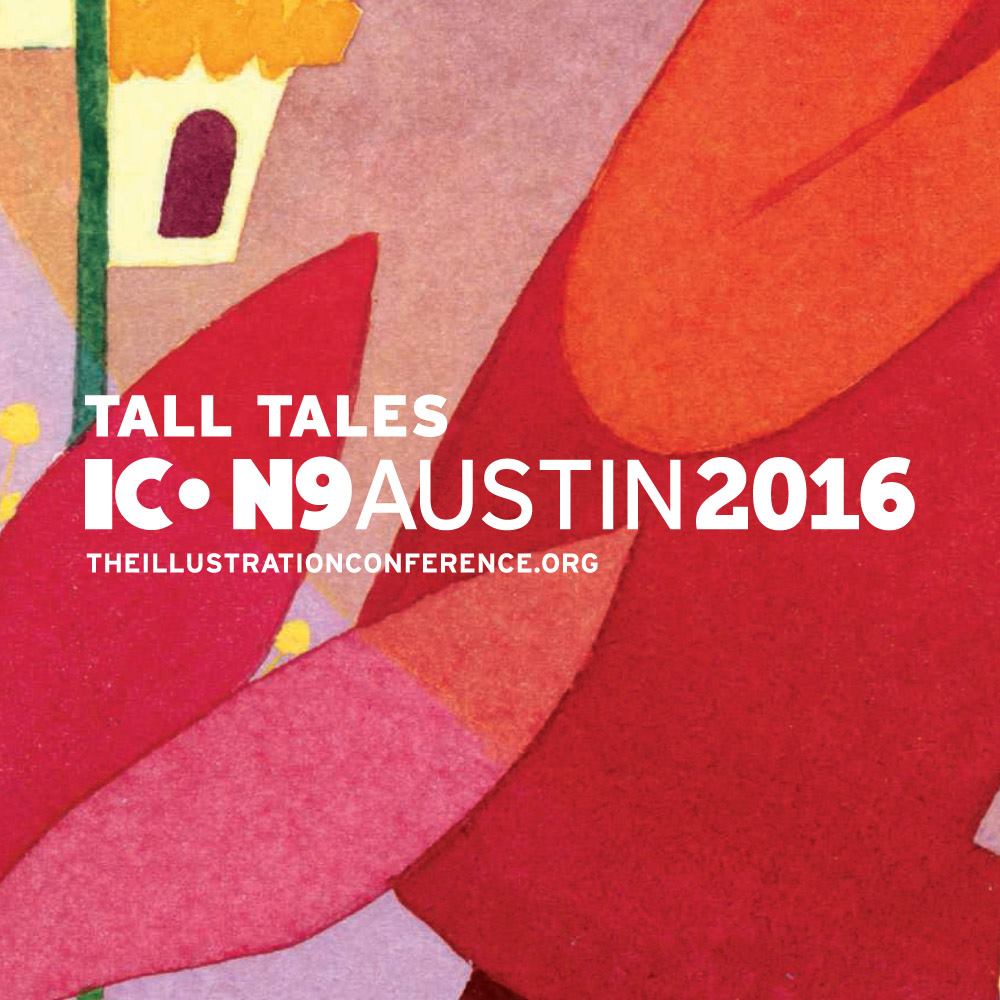

Recent Comments